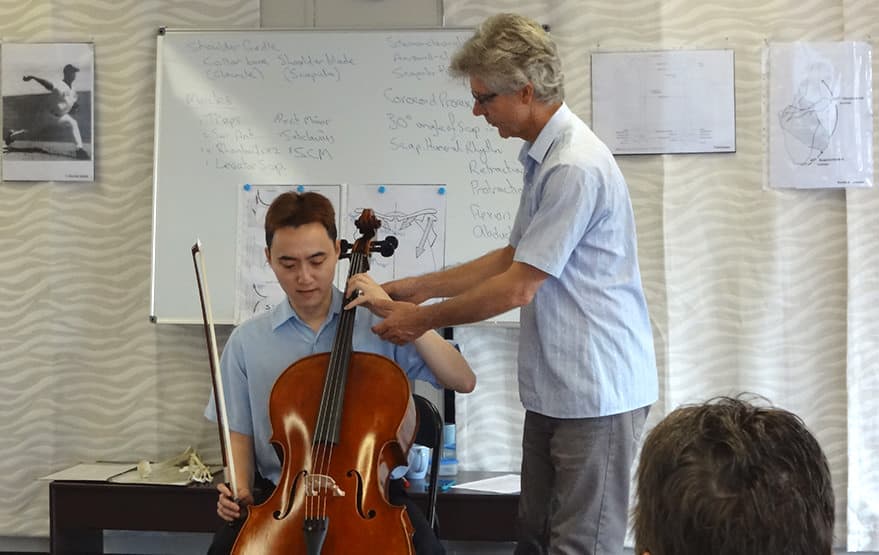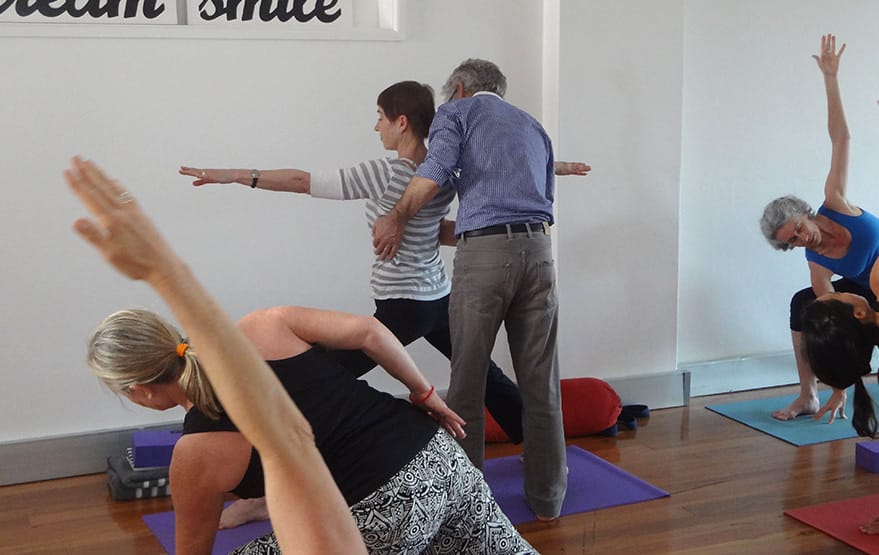About
What is the BodyMinded process?
The process is founded on the world-renowned Alexander Technique. It serves to change habits of mind and body that harm you, while teaching practical skills for improved awareness and coordination. Lessons and classes include:
Finding out about your question
What do you want to improve? An injury, an activity or skill?
Injury
If it is about an injury, when did it happen? How long have you had this difficulty. What medical advice have you had? When does it happen? What are you doing now to try and improve?
Activity or Skill
If it is about an activity or skill, what do you want to achieve? How long have you been learning/practising? Why have you come to Alexander for help?
Situation
You may wish to ask for assistance with a situation you find yourself in. How can you respond or function better in that situation?
Observing action, activity or situation
Exploring your question can be as simple as sitting or walking, or as complex as playing your instrument or demonstrating your skill.
Sometimes the teacher will lead you in simple movements or activities to help your learning or ask you to act out what happens in your situation.
We will help you to notice what is happening, and gather information about the activity or situation.
Improving your coordination
The teacher will help you change the way you are doing the action/s or how you are responding to your situations with instructions and hands-on guidance.
The practical instructions are based on Alexander technique, body-mapping, biomechanics, and more.
Homework
Each class ends with practical instructions on what you can do for yourself at home and how to explore and practise further.
Lying down work
If needed we will assist releasing tension and improving coordination with hands-on work with you lying on a massage table.
Changing habits of mind and body that harm you
Habits deeply shape our thoughts and movements, often unnoticed. BodyMinded learning enhances posture and movement, fostering optimal coordination, eliminating stress, and promoting mindfulness in activities of all kinds. It cultivates awareness, directing you away from ingrained habits toward mastery of effortless action and a profound understanding of decision-making and movement processes.

Practical skills for improved awareness and coordination
Students learn to control muscle tension and stress, establishing balance and coordination in their activities. Posture improves and people often experience a sense of grace in their movements, greater confidence in completing tasks and better precision in achieving their goals.

“We notice, with growing amazement, very striking improvements in such diverse things as high blood pressure, breathing, depth of sleep, overall cheerfulness and mental alertness, resilience against outside pressures, and also in such a refined skill as playing a stringed instrument.”
—NIKOLAAS TINBERGEN | NOBEL PRIZE WINNER


